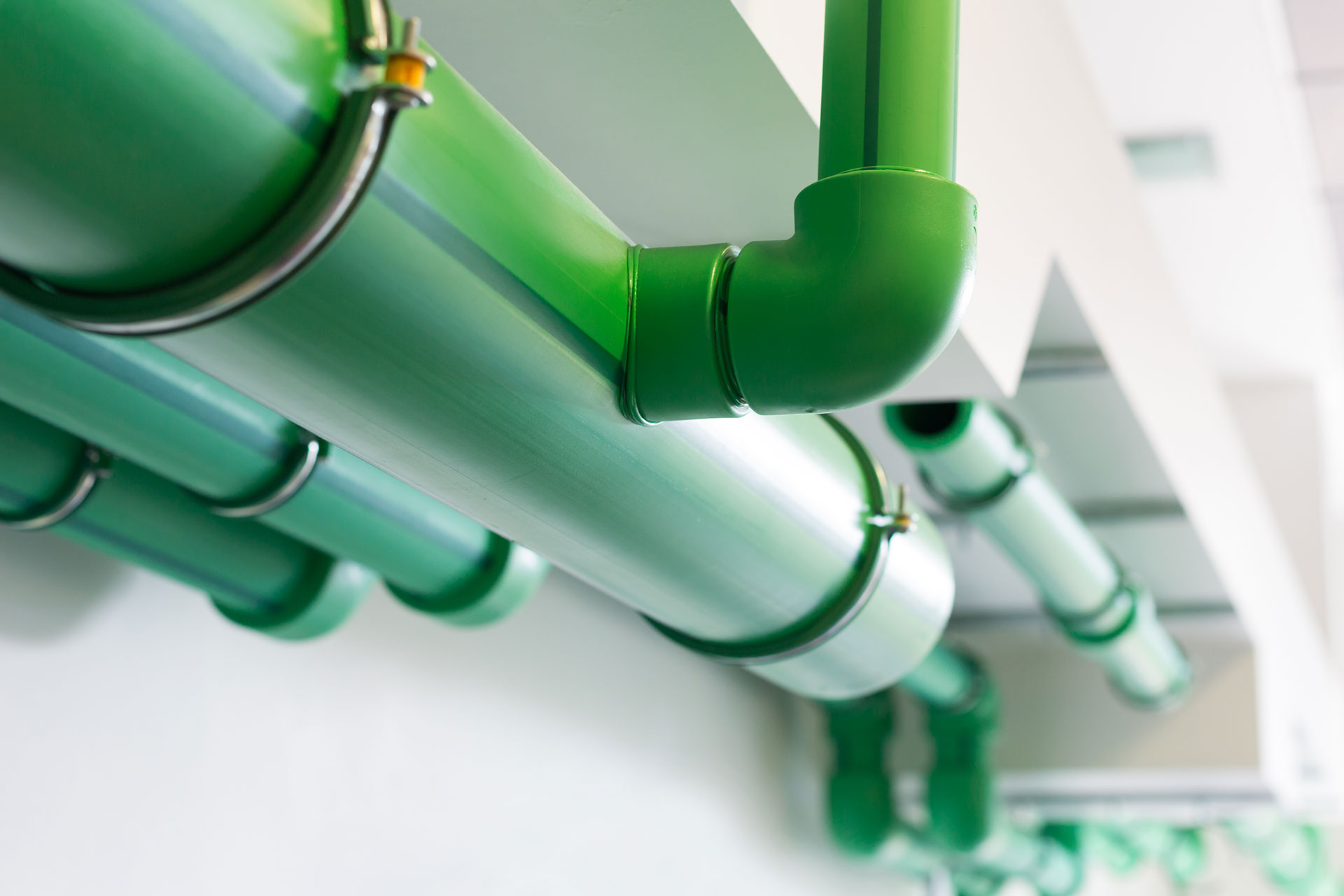
30 Apr Understanding the Right Plastic Piping System for Your Home
Plastic pipes come in a variety of sizes that can be used in both residential and commercial settings. Before, traditional pipes were typically metal, bronze, steel, etc. And now in this modern age, plastic pipes are one of the most commonly used materials for your piping system at home. They are used in different ways depending on the application and the place where they are installed. Plastic pipes have a lot of advantages that’s why they became a popular choice for buildings, and especially for homes. Most of them are low maintenance and long-lasting, unlike the traditional ones.
In this article, we will help you understand what plastic pipes you can use for your home as well as the most common plastic pipes you can use at home.
1. Polyvinyl Chloride (PVC)
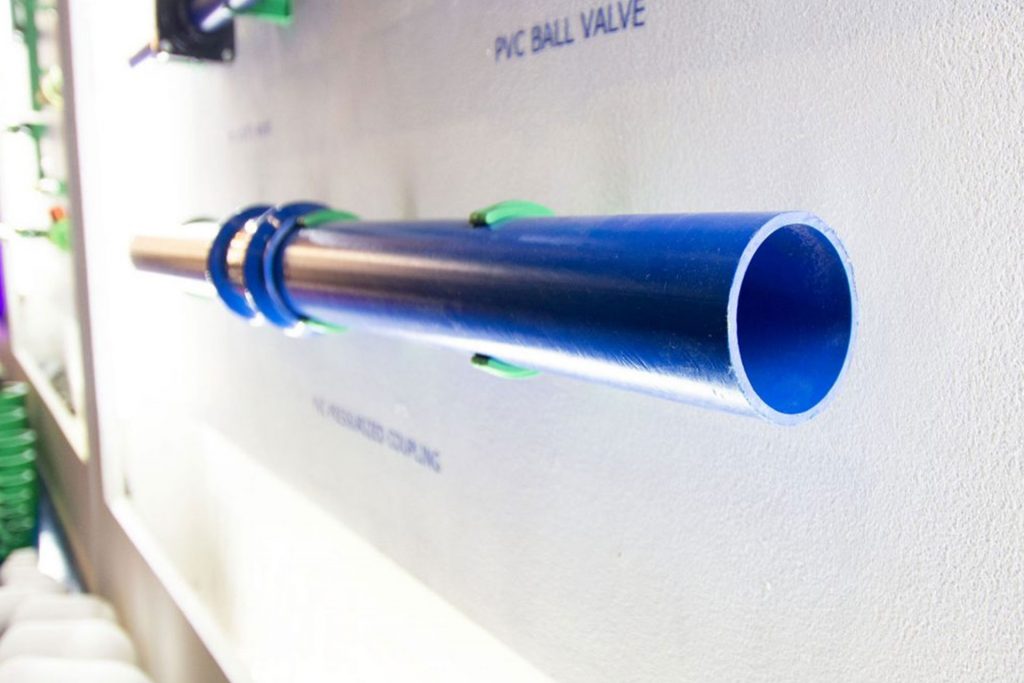
PVC stands out among the various varieties of pipes you can use at home. To name a few of its many advantages: it is low-cost, lightweight, easy to install, and has excellent structural integrity. It’s commonly utilized for cold potable water, as well as a sewage treatment. Other than PVCs being used for your water line, it is also great to use for electric wires because they do not conduct electricity.
2. Polypropylene (PPR)
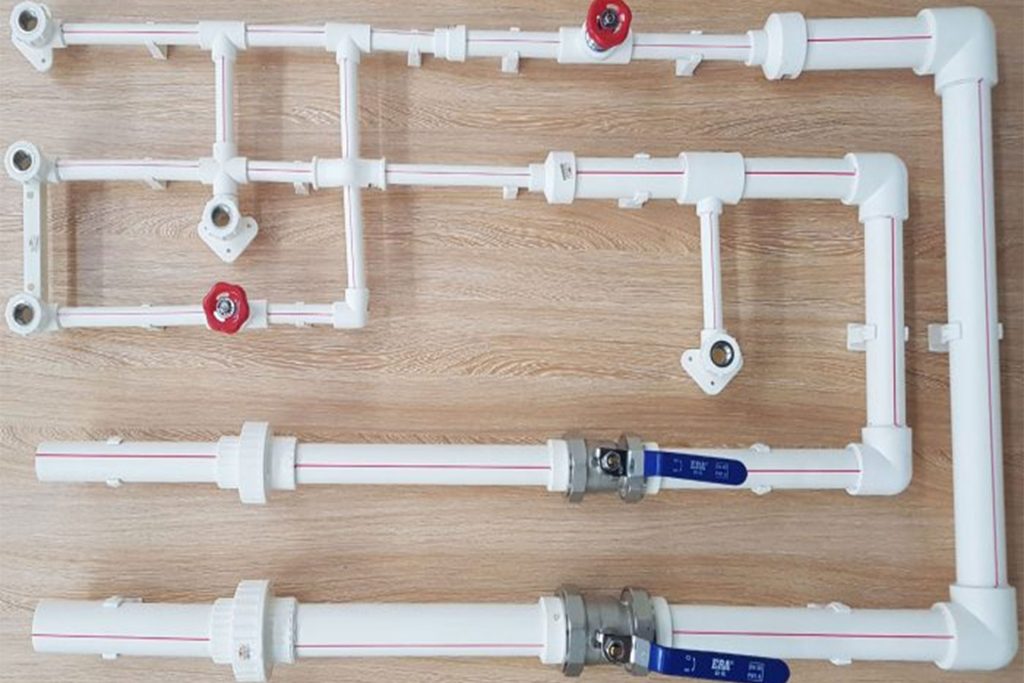
PPR pipes are typically cylindrical, straight, and consist of polypropylene random copolymer plastic. They are lightweight, making them easy to transport and are available in green and white. PPR pipes have thicker walls than PVC pipes. Furthermore, the PPR pipe system is resistant to heat and can withstand temperatures of up to 80 (and above) degrees celsius. It can survive freezing temperatures, which is very important for installations during cold weathers where other pipes are prone to deteriorate, resulting in water leaks. This also means that PPR is the greatest option for drinking water.
3. Chlorinated Polyvinyl Chloride (CPVC)
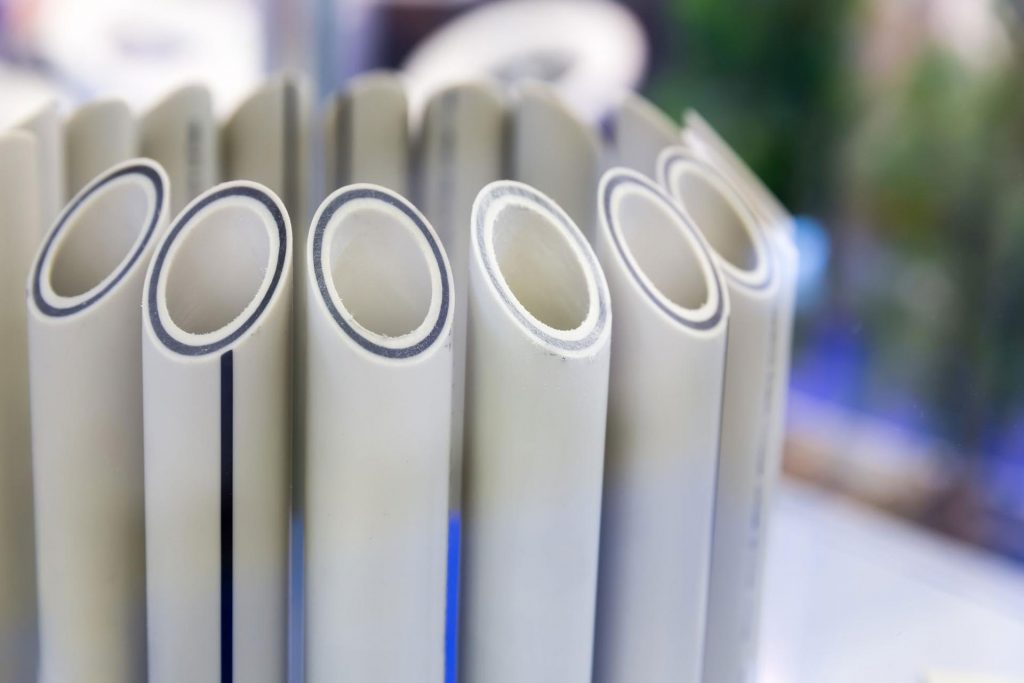
When PVC is treated with chlorine, it becomes CPVC, a hard thermoplastic pipe and fitting material. One of the advantages of CPVC is the added chlorine, which increases its heat capacity and protects it from damage caused by highly chlorinated or aggressive water. It can also be used for drinking water. It is a low-cost plumbing solution that can serve as the primary pipe material for a building’s complete plumbing system. In comparison with PVC, the CPVC is somewhat more expensive.
4. Cross-linked polyethylene (PEX)
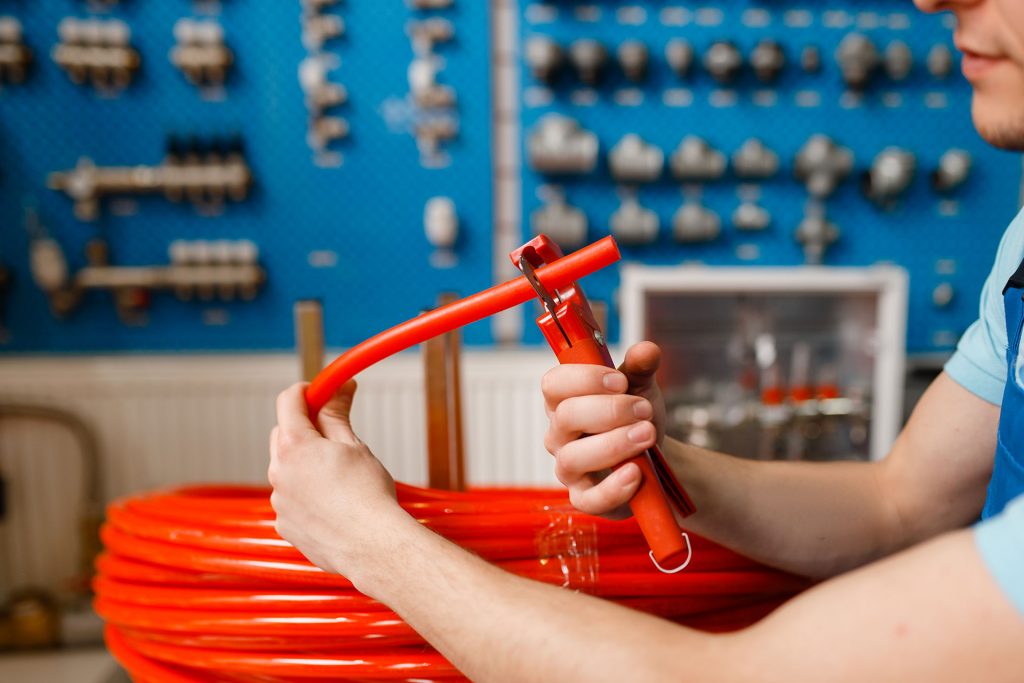
It is a type of pipe that is utilized in home piping systems for hot and cold water These pipelines are good for your kitchen area and bathroom’s piping system. PEX pipes are typically color-coded to help plumbers distinguish between hot and cold lines. This material is well-known for its versatility, low cost, easy installation, and ability to maintain water pressure.
5. Acrylonitrile Butadiene Styrene (ABS)
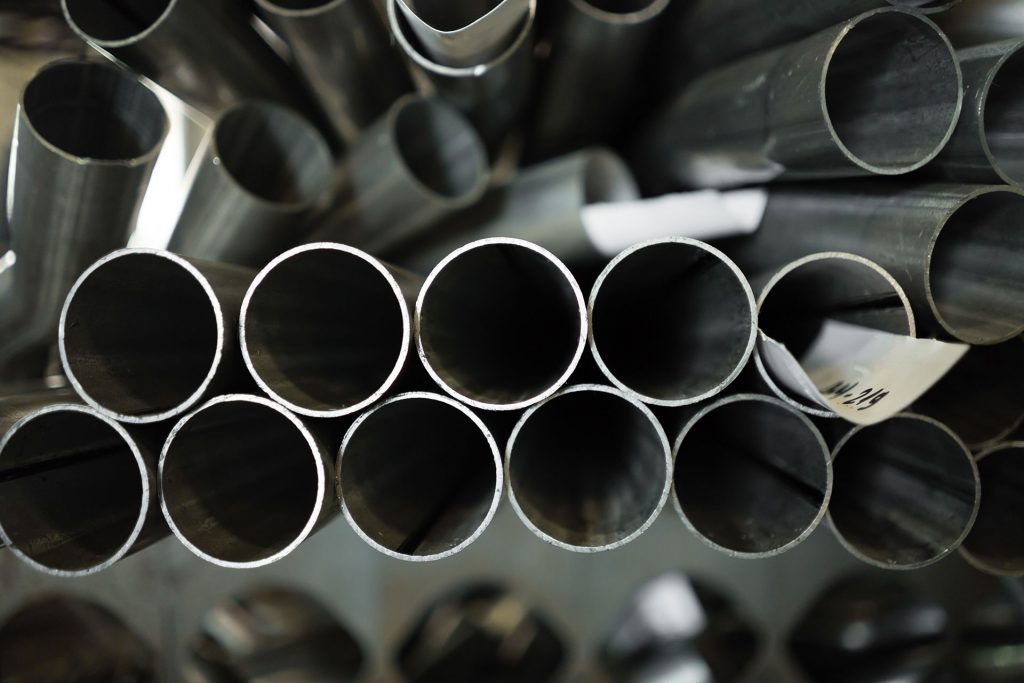
This tough material was one of the first to be utilized for piping systems at home. ABS pipes are always black and softer than PVC pipes. They are mostly utilized for vent and drain lines, as well as other outside subsurface applications where freezing temperatures are prevalent.
We hope this article has helped you differentiate and understand the advantages of these plastic pipes for your home.
If you need a piping system for your home project, check out our PVC Pipes, uPVC Pressurized Valves and Fittings, and ERA PPR Hot and Cold High-Pressure Piping System. Inquire now and we will give you further details about our products and services!
Keep in touch with us by liking and following us on our Facebook page.
